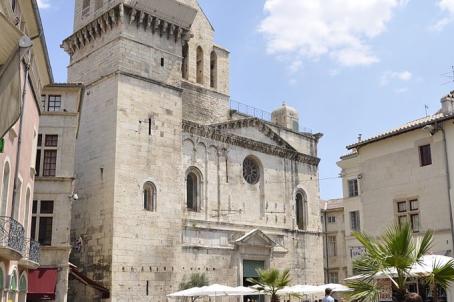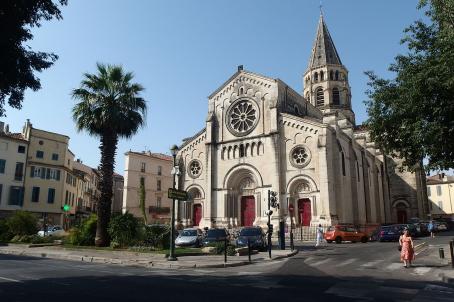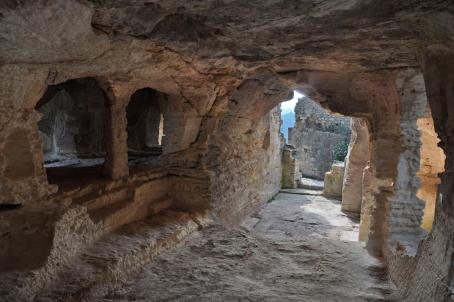Grand temple de Nîmes

The Grand Temple of Nîmes was built as a Dominican convent church between 1714 and 1736. During the Revolution, the Dominicans abandoned it. The disused church was then rented by the Protestants and inaugurated by the pastor Paul Rabaut. In 1803, the church was officially assigned to Protestant worship and took the name of Grand Temple. In 1821, the temple organs were built.





